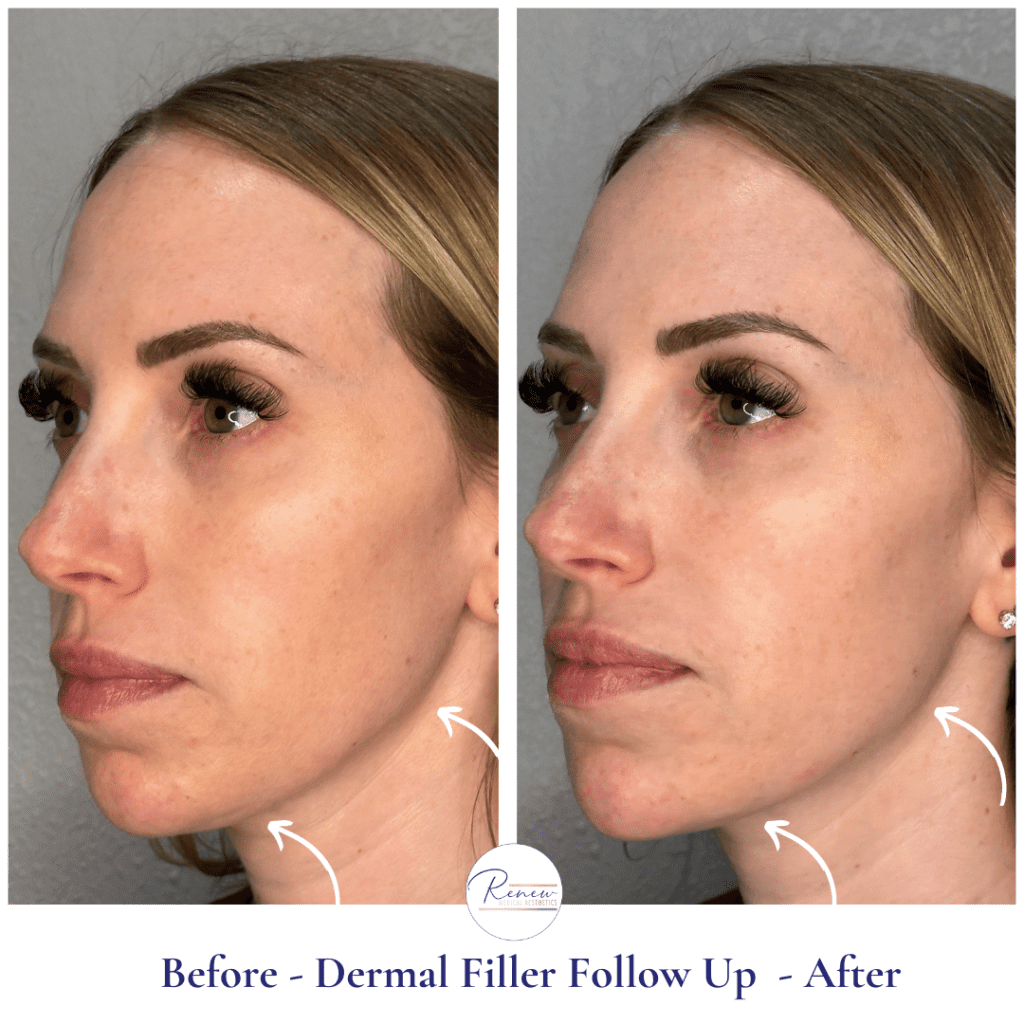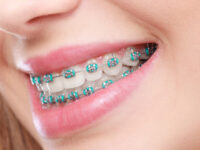How a Dermal Filler Can Enhance Your Natural Beauty
In the hands of an experienced practitioner, dermal filler can enhance your natural beauty rather than create a drastically different look. Most dermal fillers are temporary because the body reabsorbs them, but there are some longer-lasting options. For more information, just click the Visit Website to proceed.
These minimally invasive treatments can be completed in our office or a medical spa (sometimes called a medispa). Some patients experience swelling or bruising after a dermal filler treatment, but these symptoms typically resolve within a few days.

Facial fillers are popular because they reduce wrinkles and help achieve a more youthful appearance. However, their pros and cons must be weighed carefully before choosing the right treatment. These fillers can be injected in your doctor’s office or a medical spa (a medspa or medispa).
There are two main types of facial fillers: off-the-shelf fillers and fat grafting. Off-the-shelf filters use synthetic materials or substances naturally found in the body, such as hyaluronic acid, to enhance facial volume and reduce the look of lines and wrinkles. Fat grafting uses fat from another part of your body to add volume and smooth out facial lines and wrinkles.
Hyaluronic acid fillers are the most common type of off-the-shelf filler. This natural substance occurs in your skin and helps keep it hydrated, so it’s a good choice for reducing fine lines and wrinkles. These filters are also available in different concentrations, so your doctor can customize the results to suit your needs.
Another option is a synthetic material called poly-L-lactic acid, or PLLA. This material helps your body create collagen and smooths deep lines and wrinkles on the face. PLLA fillers can last for two years or more, and examples of these facial fillers include Sculptra.
Other types of fillers are made of a material called polymethylmethacrylate, or PMMA. These fillers contain tiny balls that stay under your skin after your practitioner injects them. The balls give your skin structure, which can last several years. Examples of this type of facial filler include Bellafill.
In addition to the risks associated with any procedure, facial fillers carry certain specific risks, such as bleeding, bruising, and swelling. These risks can be minimized by careful injection techniques and the avoidance of anticoagulant medications and over-the-counter supplements that interfere with blood clotting. The use of ice packs can help reduce swelling and bruising, and it is important to follow the recommended injection depths for different products.
In addition, it is important to monitor the site of injection for redness, pain, and other signs of complications such as facial flushing, lumps, and other symptoms of vascular involvement. If you experience any of these symptoms after a filler injection, call your doctor.
Hyaluronic acid fillers use the naturally occurring compound to add volume and hydrate skin, resulting in a smoother appearance. They are particularly effective in addressing fine lines and wrinkles but also work to plump the lips and restore lost volume under the eyes.
To make a dermal filler last for some time in the body, it needs to be stabilized into a gel. This is accomplished by using a technique called cross-linking. The hyaluronic acid chains are linked to create a non-soluble hydrogel that the body cannot immediately transport away. In addition, a large part of the manufacturing process involves quality control and testing for safety and effectiveness.
This long and laborious manufacturing process results in a product that can be injected into the skin without fear of adverse reactions. Since HA exhibits no species or tissue specificity, it is a safe and desirable substance for injectable dermal fillers.
Many different types of hyaluronic acid fillers are available, including Juvederm, Restylane, and Belotero. Dr. Green will recommend a product that best suits your skin goals and needs. These products are FDA-approved for treating moderate to severe wrinkles and facial creases, such as marionette lines or nasolabial folds. They are considered semi-permanent but need regular touch-ups to maintain the desired results.
Another popular option for restoring volume and minimizing fine lines and wrinkles is the newer product, Puragen Plus. Unlike some HA fillers, this formula has been designed to stimulate collagen production, and results appear gradually over several months. It also contains lidocaine for added comfort during the procedure.
The price of hyaluronic acid fillers can vary considerably depending on the manufacturer, the region in which you receive treatment, and how many syringes are required to address your specific facial concerns. A consultation with a licensed healthcare provider is essential to determine if this filler is right for you. Licensed professionals are trained to use the product safely and effectively and will ensure you receive the most natural and individualized results possible.
Polymethyl methacrylate (PMMA) is a permanent dermal filler with a 30% concentration of PMMA microspheres suspended in a collagen matrix carrier. When injected, your body’s systems begin a neogenesis process that creates new tissue growth to encapsulate and anchor the microspheres. This results in a solid structure that provides a foundation to correct wrinkles, pitted scars, and other imperfections or deviations from normal skin contours.
Like other soft-tissue fillers, PMMA fillers require several injections to produce a smooth and natural appearance. Injections are typically performed at least four to six weeks apart. Patients may experience minor side effects, such as swelling, redness, and bruising at the injection sites, which usually subside within a week.
PMMA is a non-biodegradable artificial polymer surgeons have used for years in absorbable stitches and bone cement. It is available in a variety of formulations and is used to treat various medical conditions such as hypertension, osteoarthritis, and heart disease. It is also injected to fill out and smooth medium to deep nasolabial folds.
A series of injections with a PMMA filler, such as Bellafill, gradually increases volume to soften the nasolabial folds. The injected material is then replaced by our bodies’ natural collagen, a key structural component of the skin. As the collagen naturally degrades, the PMMA microspheres remain firmly anchored in place, producing long-term aesthetic improvement clinically proven to last five years or more.
Bellafill has a lower incidence of granulomas than other long-lasting synthetic fillers, such as Teflon or silicone particles, which have an irregular surface and induce a chronic inflammatory response that leads to foreign body granulomas12. The low incidence of complications with Bellafill is attributed to its uniform 30-42 micron diameter and smooth electrically neutral surface, which prevents the macrophages from inducing a chronic inflammatory response12.
In addition, Bellafill’s collagen carrier gel stimulates our collagen production. The fibrous capsules around the spheres do not epithelialize, as would be true if a foreign body were present. As a result, Bellafill does not cause a noticeable scar.
For those who want a natural-looking result, the FDA approves several dermal fillers that use collagen to help smooth fine lines and wrinkles. These fillers use a combination of natural substances to add volume, such as calcium hydroxylapatite or poly-L-lactic acid (the same ingredient used for 40 years in dissolvable stitches). Unlike hyaluronic acid fillers, collagen-stimulating fillers do not require allergy testing because the substance does not contain animal products.
A licensed healthcare professional will inject the filler into the desired site using a syringe or a cannula. The injection site may sting for a few minutes, and redness and swelling are common, though these effects should subside within a few days. To lessen bruising, patients should avoid taking nonsteroidal anti-inflammatory drugs and retinoids for at least a week before the procedure.
Before a patient undergoes treatment, the licensed healthcare professional should explain the risks and benefits of using the dermal filler product. The professional should also be familiar with the anatomy at and around the injection site, including blood vessels. Patients should tell the provider immediately if they experience pain or signs of a blood vessel being injected, such as blanching or other changes in skin color.
The patient’s health history and goals will determine the best type of dermal filler for the individual. Patients who are pregnant or breastfeeding should not receive dermal fillers. Patients with a history of bleeding disorders or other medical conditions should consult the physician for advice before receiving treatment.
Patients should only receive dermal filler treatments from a licensed healthcare professional trained to inject the fillers into the face and hands. These professionals should also know how to identify and treat potential complications, such as bruising, swelling, redness, lumps, and other symptoms that may indicate an allergic reaction or other problems. It is also important to only use FDA-approved fillers, since the FDA warns that many lip and facial fillers sold online are fake or contaminated with chemicals and infectious organisms.





